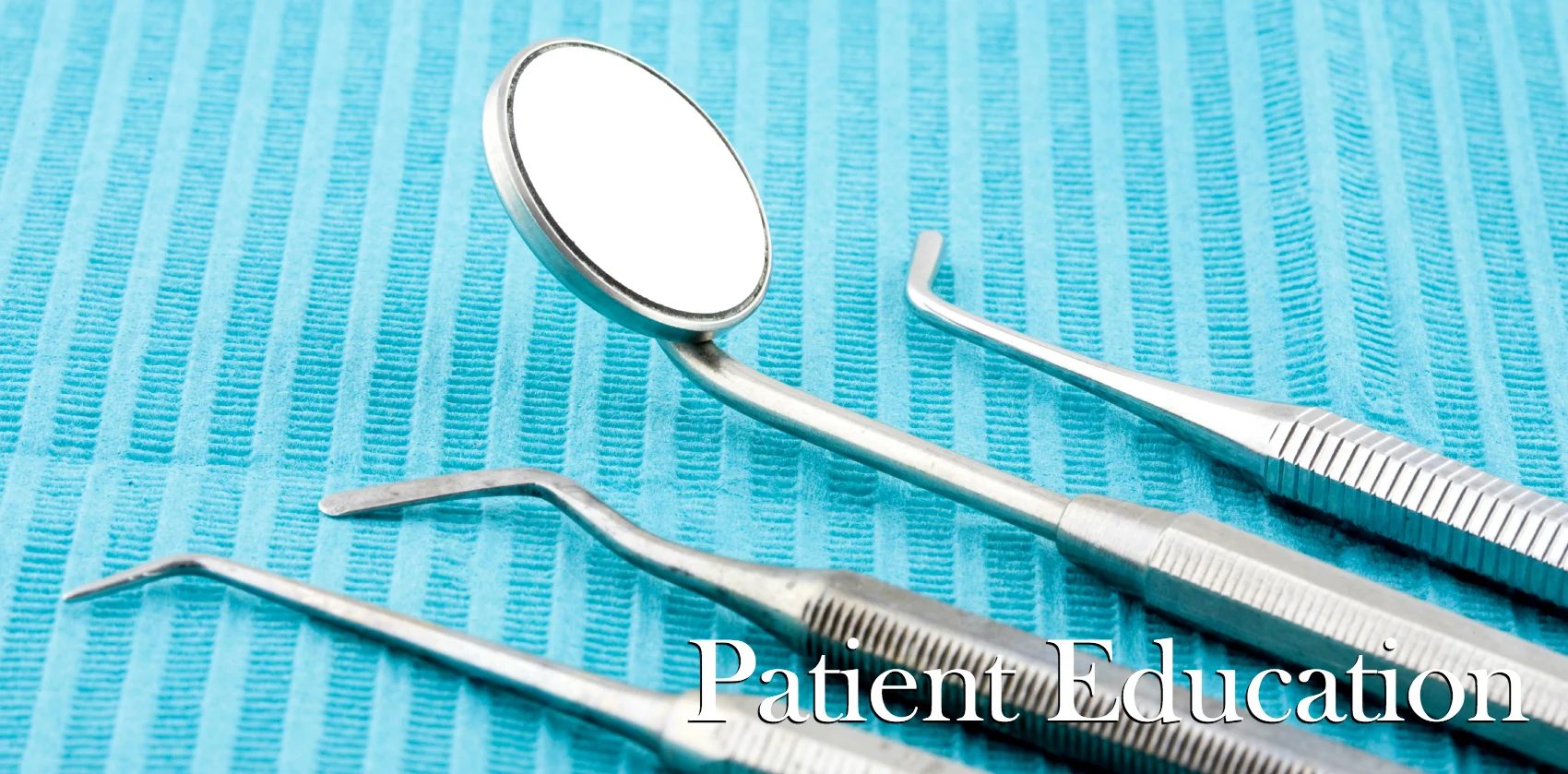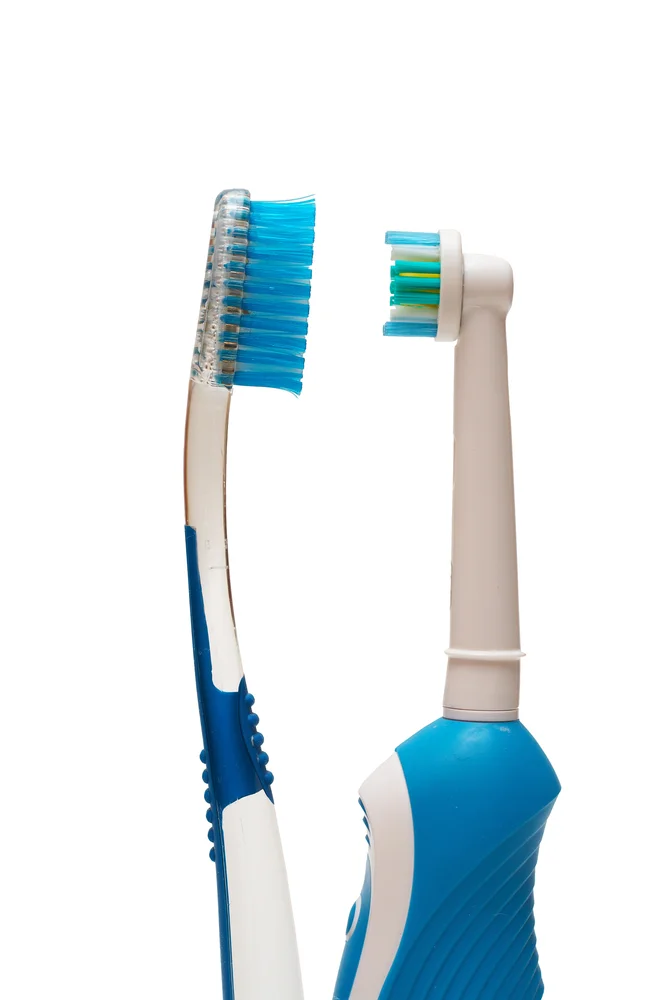Braces can make cleaning any mouth very difficult. The wires, bulky brackets and food trapping ledges all contribute to problems with home care. Fortunately, there are many great products and techniques for keeping your orthodontic appliances clean. Take a look!
A typical example of floss threaders.
One of the most obvious difficulties in cleaning around braces is the inability to floss between teeth. The orthodontic wire prevents regular dental floss from reaching the critical areas at/beneath the gum line. A typical solution to this problem is using a floss threader or dental floss with a built in threader tip. These products allow you to push the floss underneath the wire and reach all areas of the teeth. Newer devices like GumChucks ORTHOgami achieve the same outcome, but with a different form factor. For younger patients, dental picks and floss brushes should be used carefully, as they have the potential to damage the gum tissue and cause bleeding. They are, however, useful for cleaning sticky food out from between the wire and tooth.
GumChucks ORTHOgami
Brushing around the wires and brackets relies more on careful technique than a special product. You will probably need to make a conscious effort to get the toothbrush positioned underneath the wire and into the various angels of the brackets. Some companies sell special orthodontic brushes with smaller heads for manuvering around the appliances. Still, a standard toothbrush and good technique should be sufficient for most patients. Keeping the gums and tooth surfaces around the brackets healthy is a priority for any patient in braces. You don't want to finish your orthodontic treatment only to have cavities in your beautiful smile!
At Thousand Oaks Family Dentistry, we know that braces can turn dental hygiene into even more of a chore. We are here to make the process as easy as possible. If you would like to know more about braces, orthodontics, toothbrushes or dental cleanings, please give our office a call!





















